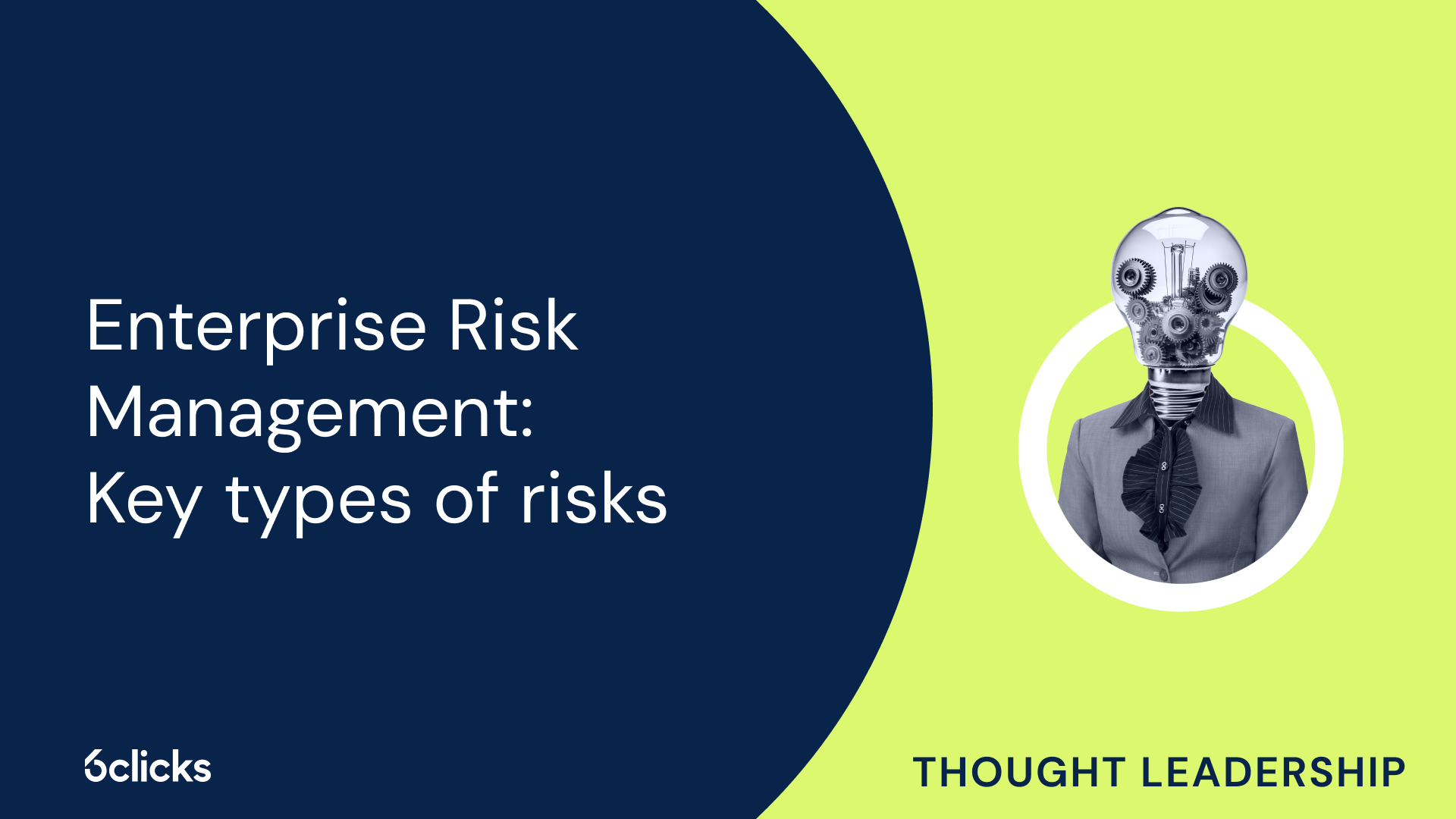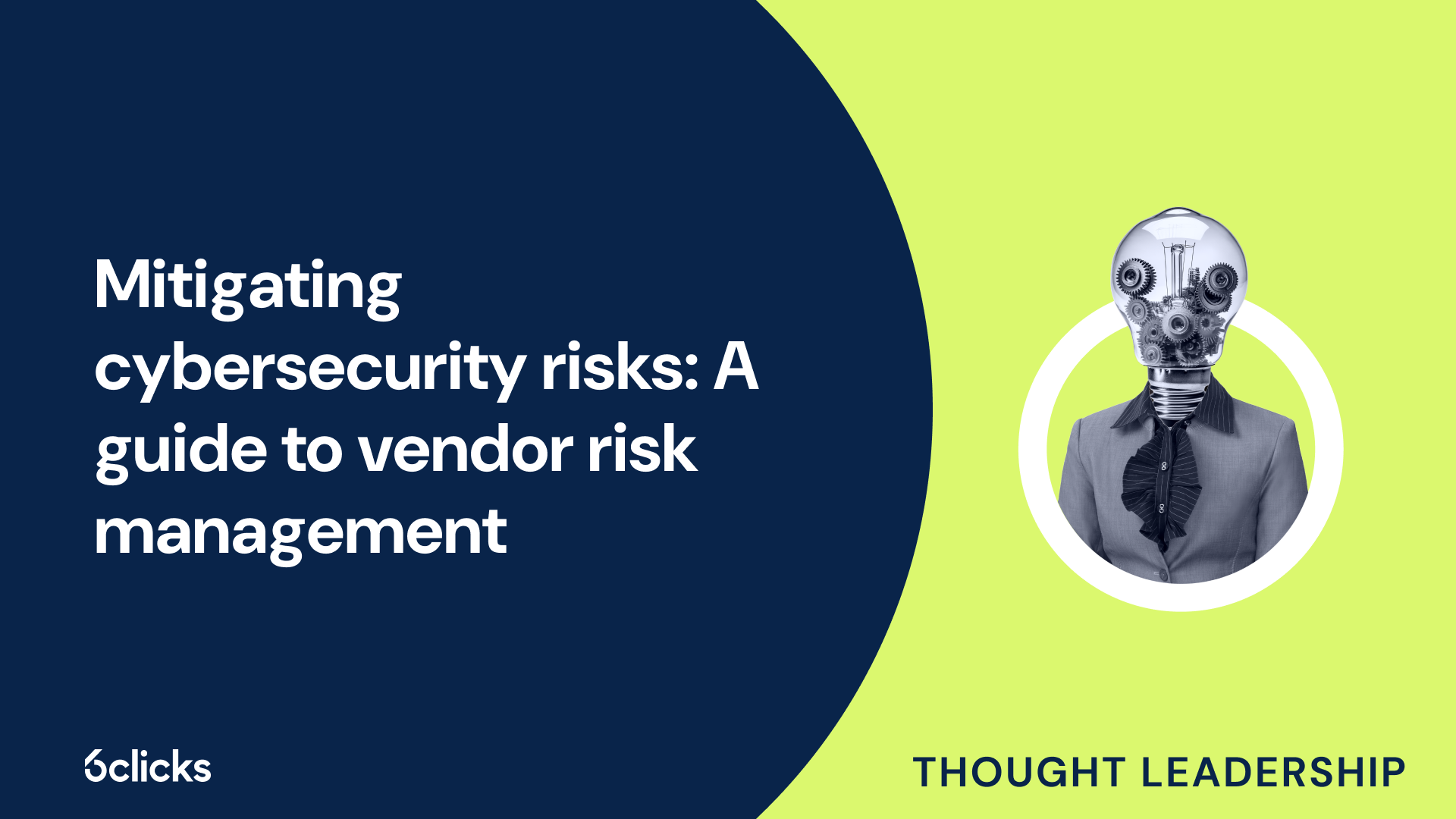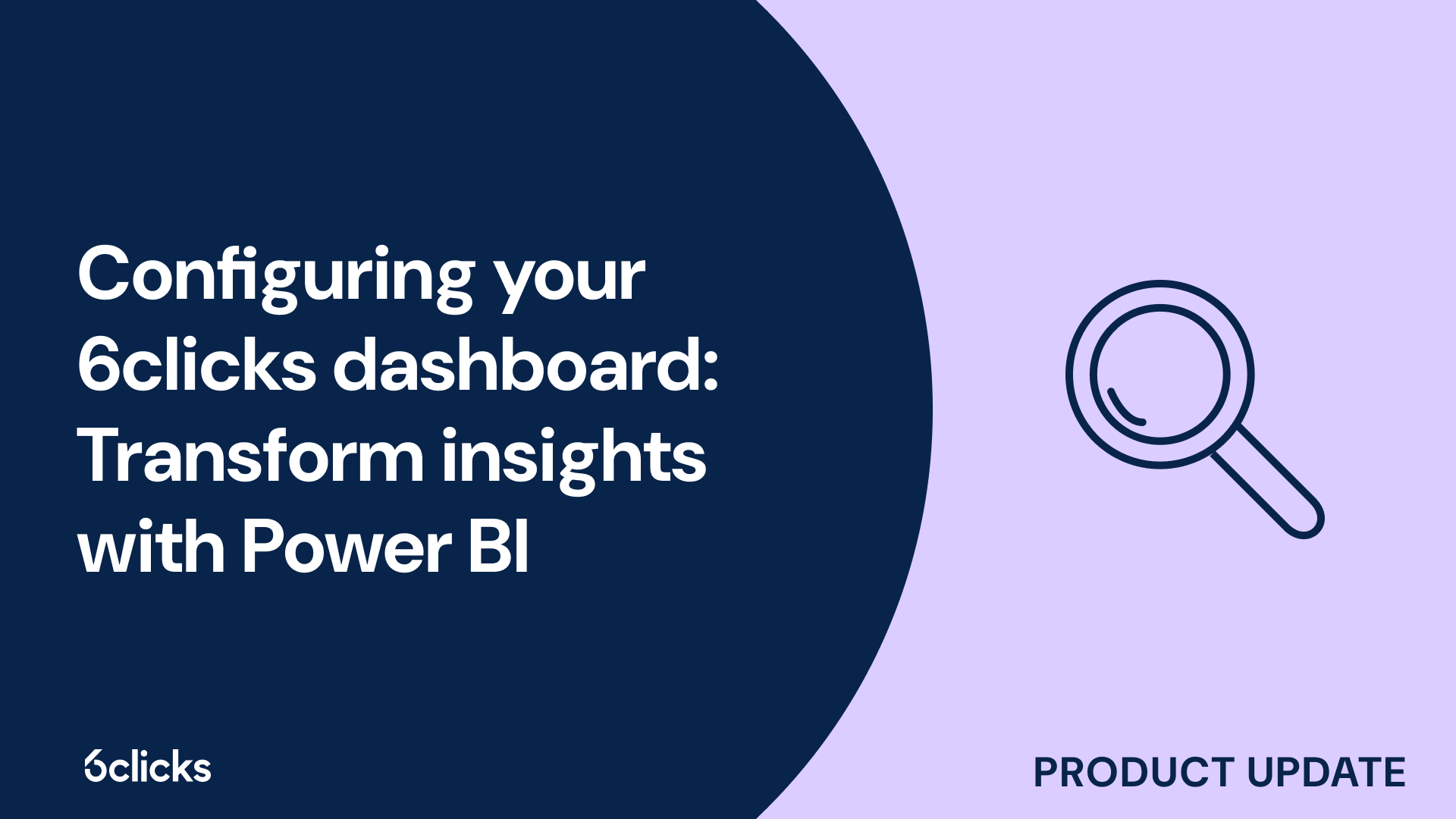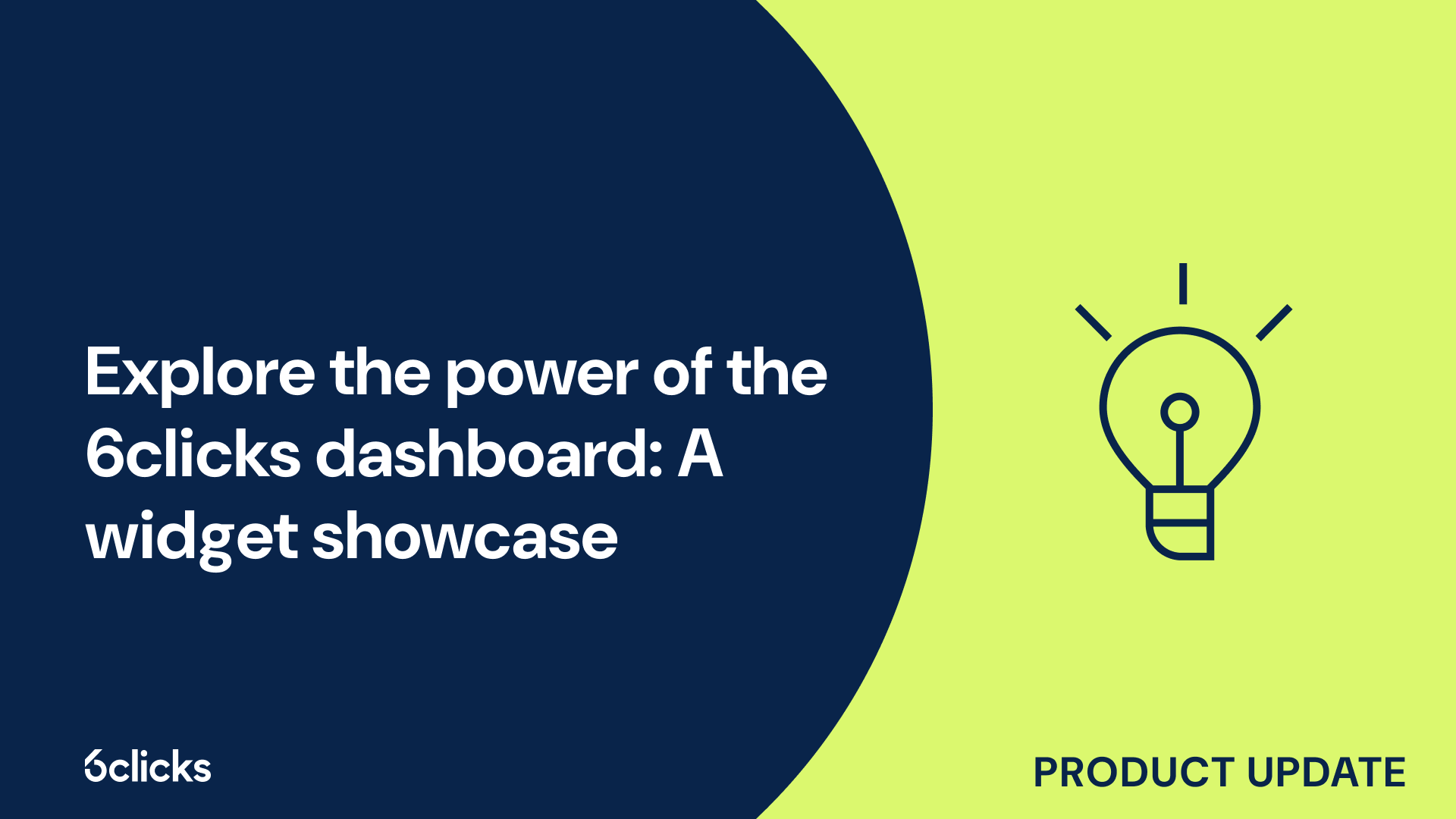Why do I need FedRAMP?
-1.png?width=314&height=391&name=Group%20193%20(1)-1.png)
Why do I need FedRAMP?
What is FedRAMP?
The Federal Risk and Authorization Management Program (FedRAMP) is a government-wide program that was established to provide a standardized approach to security assessment, authorization, and continuous monitoring for cloud service offerings. It was created to enable federal agencies to adopt secure cloud solutions and streamline the authorization process for cloud service providers. With the increasing use of cloud technologies by government agencies, FedRAMP plays a crucial role in ensuring the security of cloud-based services and protecting sensitive government information. By establishing a set of security requirements and standards, FedRAMP aims to provide a consistent and effective approach to assessing and mitigating risks associated with cloud computing services.
Benefits of FedRAMP compliance
Federal agencies have unique security requirements, and ensuring the security of their data and systems is of utmost importance. This is where FedRAMP (Federal Risk and Authorization Management Program) compliance comes into play. FedRAMP provides a standardized approach to security assessment, authorization, and continuous monitoring for cloud service providers, allowing them to offer secure cloud solutions to federal government agencies.
One of the key benefits of FedRAMP compliance is increased security for federal agencies. By adhering to the rigorous security requirements and controls outlined by FedRAMP, cloud service providers can provide federal agencies with secure cloud-based services that meet their specific needs. This helps to mitigate the risk of data breaches and cyberattacks, ensuring the safety and integrity of sensitive information.
Another advantage of FedRAMP compliance is the streamlined authorization process. The FedRAMP authorization process is well-defined and follows a standardized approach, making it easier for cloud service providers to obtain authorization to operate (ATO) for their cloud services. This eliminates the need for federal agencies to conduct individual security assessments for each cloud service provider, saving time and resources.
FedRAMP compliance also opens up access to the federal government market. Federal agencies are required to use FedRAMP-authorized cloud service providers, so being FedRAMP-compliant allows cloud service providers to tap into a large and lucrative market. This provides a significant competitive advantage, as it allows cloud service providers to showcase their commitment to security and meeting the unique needs of government agencies.
Authority to operate (ATO)
Obtaining an Authority to Operate (ATO) is a critical step for cloud service providers seeking to serve federal agencies. The ATO is an official designation granted by a federal agency that authorizes a cloud service provider to operate their cloud-based services within the federal government's infrastructure. In order to obtain an ATO, cloud service providers must demonstrate compliance with the rigorous security standards and requirements set forth by FedRAMP. This includes implementing appropriate security controls, conducting regular security assessments, and ensuring continuous monitoring of their cloud services. The ATO provides assurance to federal agencies that the cloud service provider has met the necessary security standards and can be trusted to handle and protect sensitive government data. This certification helps to streamline the procurement process for federal agencies, as they can confidently select cloud service providers that have already obtained an ATO. Additionally, the ATO enhances the overall security posture of federal agencies by ensuring that they are using cloud services that have undergone thorough security assessments and meet the highest standards of security and compliance.
What is an ATO?
An Authority to Operate (ATO) is a crucial certification that cloud service providers (CSPs) must obtain to offer their services to federal government agencies through the Federal Risk and Authorization Management Program (FedRAMP). In the context of FedRAMP, an ATO signifies that a CSP's cloud services meet the stringent security requirements set by the federal government.
The significance of obtaining an ATO cannot be overstated, both for CSPs and federal government agencies. For CSPs, an ATO is the assurance that their cloud services are compliant with the comprehensive security controls and standards outlined by FedRAMP. This opens up opportunities for CSPs to partner with federal government agencies and offer their secure cloud solutions. On the other hand, federal government agencies require ATO-certified CSPs to ensure the security of their data and operations when transitioning to cloud-based services.
Obtaining an ATO involves several key requirements and steps. CSPs need to develop a security plan that demonstrates their approach to security assessment and continuous monitoring. They are also required to implement a security control baseline that aligns with the FedRAMP standards. The ATO process further involves undergoing a thorough assessment conducted by a third-party assessment organization (3PAO). The assessment evaluates the CSP's security practices and verifies their compliance with the FedRAMP requirements. Finally, after successful completion of the assessment, the federal government agency grants the ATO to the CSP, allowing them to offer their cloud services to federal clients.
Process for obtaining an ATO
The process for obtaining an ATO (Authority to Operate) through the FedRAMP program involves different steps depending on whether it is the Agency Process or the JAB (Joint Authorization Board) Process.
The Agency Process begins with Pre-Authorization, where the cloud service provider (CSP) submits a package to the agency seeking the ATO. The package includes a security assessment plan, system security plan, and other required documentation. The agency then conducts a Readiness Assessment to determine if the CSP's security controls meet the required FedRAMP standards.
If the Readiness Assessment is successful, the agency proceeds to the Full Security Assessment, which is led by an accredited third-party assessment organization (3PAO). During this assessment, the CSP's security controls are evaluated in detail, ensuring compliance with FedRAMP requirements. Any findings or vulnerabilities discovered must be remediated by the CSP before the final ATO is granted.
In the JAB Process, the initial steps are similar to the Agency Process, with the CSP undergoing Pre-Authorization and a Readiness Assessment. However, instead of an agency, the CSP works with the JAB, which is a government-wide group of security experts. If the JAB determines that the CSP meets the necessary security requirements, it grants the Provisional ATO (P-ATO). The CSP can then market their services to multiple agencies, allowing for more efficiency and cost savings.
In both processes, the Full Security Assessment is a crucial step that ensures the CSP's security controls meet the stringent FedRAMP standards. By successfully completing this process, CSPs gain the trust and confidence of federal government agencies, enabling them to provide secure cloud solutions.
Re-evaluation and recertification requirements
Re-evaluation and recertification requirements are an important aspect of maintaining FedRAMP compliance. After achieving initial authorization, cloud service providers (CSPs) must undergo periodic re-evaluations to ensure their continued adherence to the FedRAMP security standards.
These re-evaluations typically occur every three years for high-impact systems and every five years for moderate-impact systems. During the re-evaluation process, CSPs must demonstrate that they have implemented any necessary updates or changes to their security controls to address evolving threats and vulnerabilities.
Additionally, annual reviews are conducted to assess compliance activities against the Health Insurance Portability and Accountability Act (HIPAA) Rules and any updates to HIPAA regulations. This ensures that CSPs are staying up to date with the latest privacy and security requirements for protecting government data.
To meet the security levels required for protecting government data, it is essential to verify that the necessary security controls are in place. This involves conducting third-party assessment organization (3PAO) audits, which thoroughly evaluate the effectiveness and implementation of the security controls. These audits provide an independent assessment of the CSP's security posture and help identify any areas that may require improvement or remediation.
Security requirements
When it comes to protecting government data, security is of utmost importance. Federal agencies and other government entities require cloud service providers (CSPs) to meet specific security requirements to ensure the confidentiality, integrity, and availability of sensitive information. The Federal Risk and Authorization Management Program (FedRAMP) provides a standardized approach to security assessment, authorization, and continuous monitoring for cloud products and services. This program enables federal government agencies to leverage secure cloud solutions while also reducing their overall risk through a comprehensive and rigorous authorization process. By adhering to the security control requirements outlined by FedRAMP, CSPs can demonstrate their commitment to maintaining a high level of security and compliance, thereby gaining the trust and confidence of federal agencies. This ensures that government data remains protected and secure throughout its lifecycle.
Security standards and assessment methodology
In order to ensure the security of cloud service providers for federal agencies, the Federal Risk and Authorization Management Program (FedRAMP) has established rigorous security standards and assessment methodologies.
The assessment methodology used in the FedRAMP authorization process evaluates a cloud service provider's compliance with various security requirements. This includes assessing the provider's approach to security assessment and continuous monitoring, as well as their security control baseline and security plan.
The assessment is conducted by a third-party assessment organization, which thoroughly evaluates the cloud service provider's security practices and the effectiveness of their security control measures. The evaluation criteria used includes the provider's ability to meet the security standards outlined by FedRAMP, as well as their ability to address risk levels associated with the services they offer.
The key components of the assessment methodology include the evaluation of security control requirements, the development of a security assessment package, and the establishment of continuous monitoring requirements.
By adhering to the security standards and assessment methodology outlined by FedRAMP, cloud service providers can demonstrate their ability to provide secure cloud solutions to federal agencies. This helps ensure the protection of sensitive government data and establishes trust between the government and cloud service providers.
Impact levels for different types of cloud services and offerings
Cloud services and offerings can vary in terms of their potential risk to sensitive government data. The Federal Risk and Authorization Management Program (FedRAMP) categorizes these services based on impact levels, which determine the level of security and requirements needed for compliance.
There are three impact levels defined by FedRAMP: low, moderate, and high.
Low impact level refers to cloud services that handle unclassified information. These services do not pose significant risks to the confidentiality, integrity, and availability of government data.
Moderate impact level applies to cloud services that handle sensitive but not classified information. These services have increased security requirements to protect against potential risks to data confidentiality, integrity, and availability.
High impact level is designated for cloud services that handle classified or otherwise highly sensitive information. These services face the highest security requirements to ensure the protection of data from unauthorized access or manipulation.
Understanding the impact level requirements is crucial when seeking FedRAMP compliance. It enables cloud service providers to align their security measures with the appropriate level of risk associated with the services they offer. By adhering to the specific requirements for each impact level, providers can demonstrate their commitment to safeguarding sensitive government data.
Continuous monitoring requirements
Continuous monitoring is a crucial component of FedRAMP compliance for cloud service providers working with federal agencies. It involves conducting regular tests, generating reports, and measuring performance metrics to ensure ongoing security and risk management.
To meet continuous monitoring requirements, organizations must implement specific tests to assess the effectiveness of their security controls. These tests can include vulnerability scanning, which identifies potential weaknesses and vulnerabilities in the system, and penetration testing, which attempts to exploit these vulnerabilities to assess the system's resilience against cyber-attacks.
In addition to conducting tests, cloud service providers must generate regular reports that demonstrate the operation and effectiveness of key controls. These reports provide evidence that the security measures in place are functioning as intended and are actively protecting government data. The reports should include details such as the results of security assessments, risk assessments, and any corrective actions taken to address identified vulnerabilities.
Measuring and reporting performance metrics is another important aspect of continuous monitoring. This involves collecting and analyzing data on various security parameters, such as incident response times, system uptime, and compliance with security policies. These metrics help organizations identify areas for improvement and track progress in meeting security objectives.
By implementing continuous monitoring requirements, cloud service providers can demonstrate their commitment to maintaining a secure environment for federal agencies' data and meeting the rigorous standards set forth by FedRAMP. Regular tests, reports, and metrics provide assurance that key controls are operating effectively and that vulnerabilities are promptly addressed, reducing the risk of unauthorized access or data breaches.
The FedRAMP authorization process
The FedRAMP (Federal Risk and Authorization Management Program) authorization process is a critical requirement for cloud service providers (CSPs) looking to work with federal agencies. This process ensures that cloud solutions meet the rigorous security standards and requirements established by the federal government. The FedRAMP authorization process involves a standardized approach to security assessment, continuous monitoring, and the granting of an Authority to Operate (ATO). By going through this process, CSPs demonstrate their commitment to providing secure cloud solutions for government agencies and gain access to the government-wide program. This authorization provides confidence to federal agencies that the cloud service provider has successfully implemented the necessary security controls to protect sensitive government data. Through the FedRAMP marketplace, agencies can easily identify and select FedRAMP compliant cloud service offerings, minimizing the risk and effort involved in evaluating potential providers. Overall, the FedRAMP authorization process plays a vital role in ensuring the security of cloud solutions for government agencies and promotes the use of secure cloud technologies across the federal government.
Documentation required for authorization
In order to obtain authorization through FedRAMP, specific documentation must be submitted along with the System Security Plan (SSP). The documentation required includes a variety of templates that can be downloaded from the FedRAMP website.
Some of the key documents that need to be submitted include the Plan of Action and Milestones (POA&M), which outlines any identified vulnerabilities and the steps taken or planned to mitigate them. Additionally, the Incident Response Plan (IRP) is required to demonstrate how the cloud service provider will respond to security incidents.
Other important documents include the Configuration Management Plan (CMP), which outlines how the cloud service provider manages changes to the system configuration, and the Contingency Plan (CP), which details the procedures in place for system recovery in the event of an unexpected disruption.
Templates for these documents, along with others needed for authorization, can be accessed and downloaded directly from the FedRAMP website. These templates serve as a helpful guide in ensuring all necessary information is included and can help streamline the authorization process.
By providing the required documentation, including the appropriate templates, cloud service providers can demonstrate their commitment to the security requirements of FedRAMP and increase their chances of receiving authorization for their cloud services.
Third-party Assessment organizations (3PAOs)
Third-party Assessment Organizations (3PAOs) play a crucial role in the FedRAMP authorization process for cloud service providers (CSPs). These independent organizations conduct cybersecurity assessments and create Readiness Assessment Reports (RARs) to evaluate the CSP's compliance with FedRAMP security requirements.
Before seeking a FedRAMP compliance certification, it is essential for CSPs to conduct a readiness assessment. This assessment establishes a clear baseline of the CSP's security and risk posture, helping them identify any gaps or vulnerabilities that need to be addressed before proceeding with the authorization process.
Engaging a 3PAO to conduct the readiness assessment brings several benefits. Firstly, 3PAOs possess in-depth knowledge and expertise in FedRAMP requirements and can provide valuable insights and guidance throughout the assessment process. Secondly, the RAR created by the 3PAO serves as a comprehensive evaluation report that showcases the CSP's readiness for FedRAMP compliance.
By partnering with a reputable 3PAO and leveraging their cybersecurity attestation services, CSPs can ensure that their cloud services meet the stringent security standards set by FedRAMP. This not only enhances the security of their cloud solutions but also strengthens their position when seeking authorization from federal agencies.
Approved security assessments
Obtaining an Authority to Operate (ATO) from the Federal Risk and Authorization Management Program (FedRAMP) involves a comprehensive security assessment and authorization process. Once a cloud service provider (CSP) has completed the readiness assessment, they can proceed with the ATO process.
To obtain an ATO, CSPs must submit a security assessment package (SAP) to the Joint Authorization Board (JAB) or individual federal agency. This package includes documentation such as the System Security Plan (SSP), which outlines the proposed security controls and measures, and an independent security assessment report conducted by a third-party Assessment organization (3PAO).
The 3PAO plays a crucial role in the approval process by conducting an in-depth security assessment of the CSP's cloud services. They evaluate the CSP's security controls, risk management practices, and overall compliance with FedRAMP requirements. The 3PAO then provides a security assessment report that outlines their findings and recommendations.
Once the SAP is submitted, it undergoes a rigorous review by the JAB or federal agency, assessing the CSP's compliance with FedRAMP security standards. If approved, the CSP is granted an ATO, allowing them to provide cloud services to federal agencies.
After obtaining an ATO, CSPs must undergo re-evaluation to maintain their authorization. This process involves ongoing monitoring and assessment of the security controls implemented by the CSP. Additionally, recertification is required every three years to ensure continued compliance with FedRAMP requirements.
The authorization package
The authorization package is a crucial component of the FedRAMP certification process and includes several required documents that need to be submitted for obtaining an Authority to Operate (ATO). These documents provide important information about the cloud service provider (CSP) and its security controls to federal agencies.
The primary document that must be included in the authorization package is the System Security Plan (SSP). The SSP outlines the proposed security controls and measures implemented by the CSP to protect sensitive data. It details the CSP's approach to security assessment and continuous monitoring, including its risk management practices.
In addition to the SSP, other important documents that need to be submitted include an independent security assessment report conducted by a third-party assessment organization (3PAO). This report evaluates the CSP's security controls, risk management practices, and overall compliance with FedRAMP requirements. The 3PAO provides findings and recommendations in the report.
The authorization package should also include any other relevant documentation that supports the CSP's compliance with FedRAMP security standards. This may include evidence of security control implementation, security test results, and any other necessary supporting documentation.
By including these required components in the authorization package, CSPs can demonstrate their commitment to meeting stringent security requirements and increase their chances of obtaining an ATO in the FedRAMP certification process.







